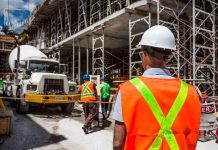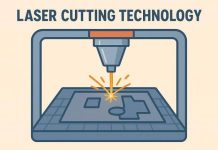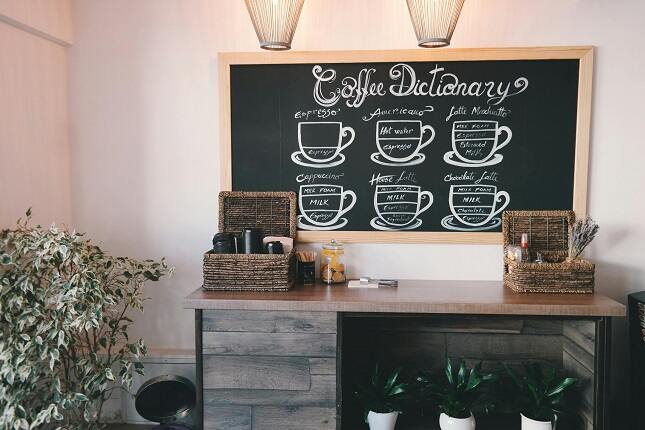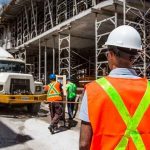Opening a brick-and-mortar coffee shop is a dream for many aspiring entrepreneurs. Coffee is one of the most consumed beverages in the world. With the right blend of passion, strategy, and execution, a local café can become a profitable and beloved part of any community. But launching a coffee shop isn’t as simple as finding a space and serving espresso. Every decision plays an important role in determining whether your coffee shop thrives.
The rise of mobile coffee carts and online coffee subscriptions has added competition to the industry, but brick-and-mortar shops continue to hold strong appeal for customers seeking community, comfort, and quality. Coffee shops are places for connection, study sessions, casual meetings, and morning rituals. That’s why the most successful coffee shops create an experience.
Whether you’re still in the brainstorming phase or already scouting locations, these five key steps can set the foundation for a profitable coffee shop business. Taking a thoughtful, well-rounded approach can help you move from concept to grand opening with confidence.
Choose the Right Location
The success of your coffee shop starts long before you brew your first cup. Foot traffic, nearby businesses, and neighborhood vibe all play a role in determining whether your café will draw a steady stream of customers. Are you near a college campus, office buildings, or a bustling downtown? Think about where your ideal customer already spends their time and how easy it will be for them to walk into your shop.
Visibility and accessibility are major factors, too. A hidden storefront might have lower rent, but if customers can’t easily find you, it could cost you in the long run. Choose a location that is not only easy to find but also inviting. Storefront windows, lots of sidewalk space for signage, and available parking can all make a significant difference.
Before signing any lease, spend time in the neighborhood during different times of day. Observe traffic flow, look at nearby competitors, and consider how your brand would fit into the community. A great location can serve as free advertising every single day, so choose wisely.
Design a Space That Reflects Your Brand
A coffee shop is as much about ambiance as it is about aroma. Your interior design should reflect your brand’s personality and create an environment your customers want to spend time in. Are you going for cozy and rustic, modern and minimalist, or eclectic and artistic? The vibe you create will influence the clientele you attract and the experience you deliver.
Think beyond just tables and chairs. Lighting, music, art, and even the layout of your counter space affect how people feel when they walk through the door. You want your space to be functional for your staff and comfortable for customers. Design your flow so that customers can easily see the menu, place orders, and find a seat without confusion or bottlenecks.
This is also a great place to mention the importance of high quality countertops in your coffee bar or prep area. Durable, stylish surfaces not only hold up under daily use but also add a polished, professional look to your space. Whether customers are watching their latte being poured or waiting at the bar for a to-go order, sleek countertops enhance the customer experience and can be a smart long-term investment.
Invest in the Right Equipment
Behind every great cup of coffee is great equipment, and cutting corners here can cost you. A high-quality espresso machine is just the beginning. You’ll also need grinders, brewers, water filtration systems, refrigeration, and point-of-sale (POS) systems. Each piece of equipment should align with your menu offerings and your desired level of speed and quality.
You should start by deciding on your menu. Will you serve pour-overs, cold brew, smoothies, or baked goods? Your offerings will determine the tools you need. Don’t forget about backup equipment and maintenance plans. One machine breakdown during peak hours can damage both profits and customer trust.
While some equipment can be leased to reduce upfront costs, be sure to weigh the long-term financial impact. You want reliable gear that will support consistent performance and minimize downtime. Training your baristas to use this equipment effectively is just as important as the machines themselves.
Build a Standout Menu
A great coffee shop isn’t built on espresso alone. While your coffee should be top-tier, your menu can help set you apart. Today’s customers expect options like plant-based milks, seasonal flavors, healthy snacks, and indulgent treats. Whether you’re offering gourmet pastries, breakfast sandwiches, or signature drinks, the right menu can drive repeat visits and increase ticket size.
Start with a core set of items you do really well, and expand thoughtfully from there. A streamlined menu helps with speed, consistency, and cost control. You can always rotate seasonal specials or test new items once your operations are running smoothly. Be sure to price items strategically and don’t overlook dietary trends.
Offering gluten-free, dairy-free, or low-sugar options can make your shop more inclusive and attract a wider range of customers. Presentation also matters. Well-plated food and visually appealing drinks are more likely to be shared on social media, giving you free marketing.
Market Before You Open
One of the biggest mistakes new business owners make is waiting until after the grand opening to begin marketing. You should start building buzz the moment you secure your location. You can create an Instagram and Facebook page, set up your Google Business profile, and start sharing behind-the-scenes content to generate interest.
Consider hosting a soft opening or preview event for friends, family, and local influencers. Offer samples, get feedback, and encourage social sharing. This early momentum can help you build a loyal following before you even open your doors. Reach out to nearby businesses for partnerships or cross-promotions.
Don’t forget about in-store signage. A “coming soon” banner with your logo and social media handles can attract curious foot traffic and future customers. And once you’re open, continue marketing with loyalty programs, seasonal promotions, and local community involvement. Visibility is key, especially in the first few months.
Final Thoughts
Launching a brick-and-mortar coffee shop is both exciting and demanding. It requires vision, strategic planning, and an ability to blend creativity with operational efficiency. From choosing the perfect location to selecting the right countertops, every detail adds up to shape the customer experience and your bottom line. By focusing on location, design, equipment, menu, and marketing, you’ll lay a strong foundation for long-term profitability and community connection.
Coffee shops are places where moments happen. If you approach your business with care and intentionality, you’ll be brewing more than coffee. You’ll be building a brand that people return to day after day. Now’s the time to take your first step toward turning that vision into a thriving, real-world café.






































